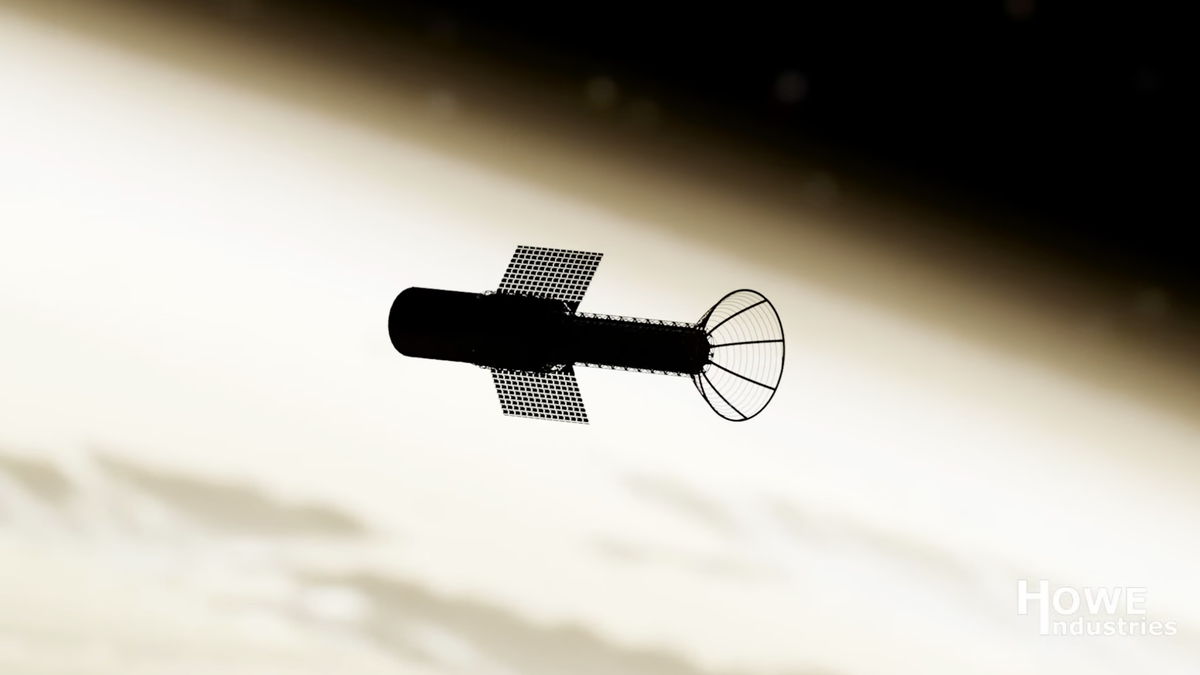
The future of space travel depends on our ability to reach celestial stops faster and more efficiently. As such, NASA is working with a technology developer on a new propulsion system that could land humans on Mars in a relatively quick two months rather than the current nine-month journey required to reach the Red Planet.
NASA’s Innovative Advanced Concepts (NIAC) program recently selected six promising projects to receive additional funding and development, allowing them to move into the second phase of development. New “sci-fi-like concepts”, e.g described By John Nelson, NASA’s NIAC program executive, includes the lunar railway system and fluid-based telescopes, as well as a pulsed plasma rocket.
The potentially groundbreaking propulsion system is being developed by Arizona-based Howe Industries. To reach high speeds over a shorter period of time, a pulsed plasma rocket uses nuclear fission — the release of energy from the fission of atoms — to generate beams of plasma for propulsion.
It will essentially produce a controlled plasma jet to help propel the rocket through space. Using the new propulsion system, in terms of thrust, the missile can generate up to 22,481 pounds-force (100,000 Newtons) with an specific impulse (Isp) of 5,000 seconds, for remarkably high fuel efficiency.
It’s not a completely new concept. NASA began developing its own version in 2018 under the name Pulsed Fission-Fusion (PuFF). PuFF relied on a commonly used device to compress laboratory plasma to high pressures for very short periods of time, called a z-Pinch, to produce thrust. However, a pulsed plasma rocket is smaller, simpler and less expensive, according to NASA.
The space agency claims that the high efficiency of the propulsion system could allow manned missions to Mars to be completed within two months. As is the case today with commonly used propulsion systems, a trip to Mars would take about nine months. The less time humans spend traveling through space, the better. Short periods of exposure to space radiation and microgravity can help mitigate its effects on the human body.
The pulsed plasma rocket would also be able to carry a much heavier spacecraft, which could then be equipped with a shield against galactic cosmic rays for the crew on board.
The second phase of NIAC focuses on evaluating the system’s neutronics (how the spacecraft’s motion interacts with the plasma), spacecraft design, the power system, and necessary subsystems, analyzing the nozzle’s magnetic capabilities, and determining the trajectories and benefits of the pulsating plasma rocket, according to NASA.
The new propulsion system has the potential to revolutionize human spaceflight, helping humans reach Mars without the hassle of the journey itself.
For more space travel in your life, follow us X A custom bookmark for Gizmodo Spaceflight page.




More Stories
Boeing May Not Be Able to Operate Starliner Before Space Station Is Destroyed
Prehistoric sea cow eaten by crocodile and shark, fossils say
UNC student to become youngest woman to cross space on Blue Origin